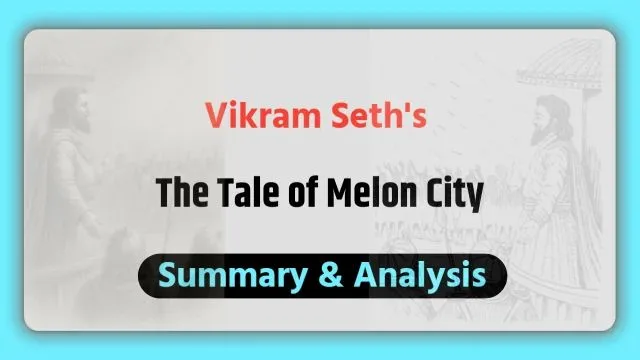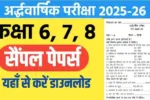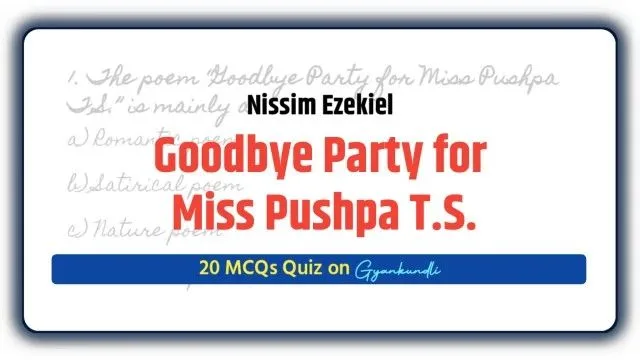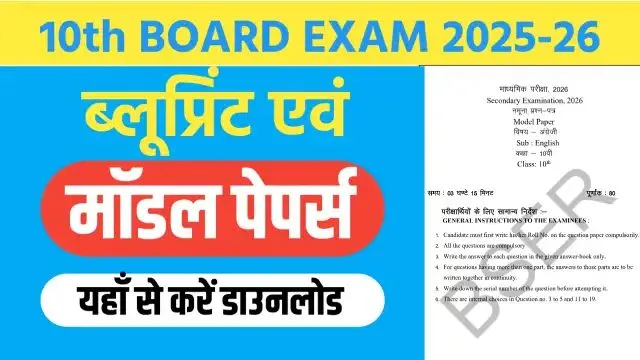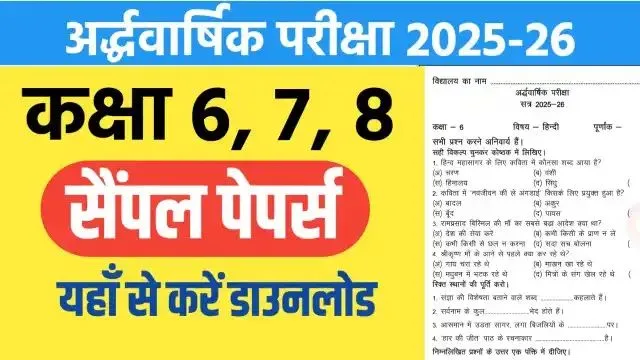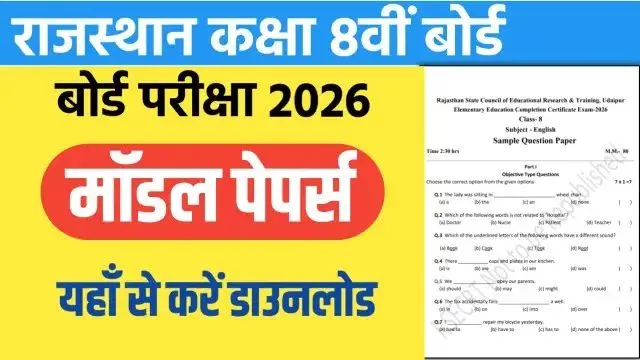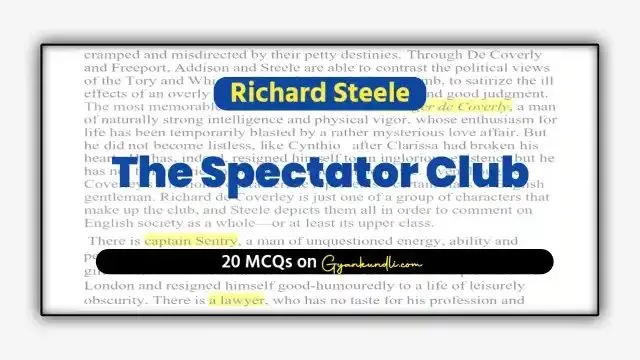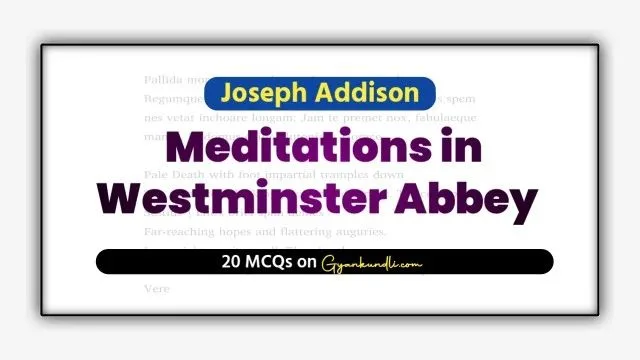“The Tale of Melon City” is a humorous yet thoughtful poem by Vikram Seth. It is included in his collection The Beastly Tales from Here and There. The poem is written in the form of a narrative, almost like a fable, where animals or people act in ways that teach us a moral lesson.
The story takes place in an ancient city where the ruler always believed in the principle of personal freedom. According to him, the people should live in complete liberty and the king should not interfere with their lives. By tradition, the city also had an unusual custom: the king must be chosen in accordance with the wishes of the people, and if they ever wanted him punished, he had to accept it without resistance.
Vikram Seth uses very simple language, irony, and wit to present a deeper idea about the relationship between rulers and the ruled. The poem shows how sometimes democratic traditions, when followed blindly, can lead to strange results. The “melon” becomes the king only because the citizens want a ruler who does not bother them, and their wish is fulfilled in the oddest way.
Through this light and amusing tale, Seth makes us think about politics, governance, and the nature of freedom in human society.
About the Poet Vikram Seth
Vikram Seth (b. 1952) is one of the most celebrated contemporary Indian writers in English. Born in Calcutta (now Kolkata), he was educated at The Doon School, Oxford University, Stanford University, and Nanjing University. His academic and literary journey reflects a deep engagement with multiple cultures and traditions. Seth is known not only as a novelist but also as a poet, translator, travel writer, and memoirist.
His works display remarkable versatility—ranging from verse novels and long prose fiction to short lyric poems. Seth’s poetic style is marked by wit, irony, clarity of expression, and a blend of Indian sensibilities with Western literary forms. His command over form and his ability to adapt classical styles for modern themes make him unique among Indian English poets.
Major Writings of Vikram Seth
Novels:
The Golden Gate (1986) – A verse novel written entirely in sonnets.
A Suitable Boy (1993) – One of the longest novels ever published in English, set in post-independence India.
An Equal Music (1999) – A moving novel about love and Western classical music.
Poetry Collections:
Mappings (1980) – His first collection of poems.
All You Who Sleep Tonight (1990) – Includes lyrical and reflective poems.
Beastly Tales from Here and There (1992) – A collection of fables in verse, where The Tale of Melon City appears.
Other Works:
From Heaven Lake: Travels Through Sinkiang and Tibet (1983) – A travelogue that won the Thomas Cook Award.
Two Lives (2005) – A memoir about his uncle and aunt.
About the Poem The Tale of Melon City
The Tale of Melon City by Vikram Seth is a humorous yet thought-provoking narrative poem that satirises the principles of governance and the idea of people’s will. The poem tells the story of a city where the ruler, following the tradition of upholding liberty, allows his subjects to decide who should be king. Ironically, the citizens choose a ruler according to their own strange preference, and a melon becomes the head of the state.
Seth employs simple language, folk-tale structure, and sharp irony to highlight how blind adherence to tradition and collective choice can lead to absurd results. Beneath its playful tone, the poem raises serious questions about democracy, freedom, justice, and the responsibility of citizens in shaping their political destiny.
Text of The Tale of Melon City
In the city of which I sing
There was a just and placid King.
The King proclaimed an arch should be
Constructed, that triumphally
Would span the major thoroughfare
To edify spectators there.
The workmen went and built the thing.
They did so since he was the King.
The King rode down the thoroughfare
To edify spectators there.
Under the arch he lost his crown.
The arch was built too low. A frown
Appeared upon his placid face.
The King said, ‘This is a disgrace.
The chief of builders will be hanged.’
The rope and gallows were arranged.
The chief of builders was led out.
He passed the King. He gave a shout,
‘O King, it was the workmen’s fault’
‘Oh!’ said the King, and called a halt
To the proceedings. Being just
(And placider now) he said, ‘I must
Have all the workmen hanged instead.’
The workmen looked surprised, and said,
‘O King, you do not realise
The bricks were made of the wrong size.’
‘Summon the masons!’ said the King.
The masons stood there quivering.
‘It was the architect…’, they said,
The architect was summoned.
‘Well, architect,’ said His Majesty.
‘I do ordain that you shall be
Hanged.’ Said the architect, ‘O King,
You have forgotten one small thing.
You made certain amendments to
The plans when I showed them to you.’
The King heard this. The King saw red.
In fact he nearly lost his head;
But being a just and placid King
He said, ‘This is a tricky thing.
I need some counsel. Bring to me
The wisest man in this country.’
The wisest man was found and brought,
Nay, carried, to the Royal Court.
He could not walk and could not see,
So old (and therefore wise) was he —
But in a quavering voice he said,
‘The culprit must be punished.
Truly, the arch it was that banged
The crown off, and it must be hanged’.
To the scaffold
the arch was led
When suddenly a Councillor said —
‘How can we hang so shamefully
What touched your head, Your Majesty?’
‘True,’ mused the King. By now the crowd,
Restless, was muttering aloud.
The King perceived their mood and trembled
And said to all who were assembled —
‘Let us postpone consideration
Of finer points like guilt. The nation
Wants a hanging. Hanged must be
Someone, and that immediately.’
The noose was set up somewhat high.
Each man was measured by and by.
But only one man was so tall
He fitted. One man. That was all.
He was the King. His Majesty
Was therefore hanged by Royal Decree.
‘Thank Goodness we found someone,’ said
The Ministers, ‘for if instead
We had not, the unruly town
Might well have turned against the Crown.’
‘Long live the King!’ the Ministers said.
‘Long live the King! The King is dead.’
They pondered the dilemma; then,
Being practical-minded men,
Sent out the heralds to proclaim
(In His [former] Majesty’s name):
‘The next to pass the City Gate
Will choose the ruler of our state,
As is our custom. This will be
Enforced with due ceremony.’
A man passed by the City Gate.
An idiot. The guards cried, ‘Wait!
Who is to be the King? Decide!’
‘A melon,’ the idiot replied.
This was his standard answer to
All questions. (He liked melons.) ‘You
Are now our King,’ the Ministers said,
Crowning a melon. Then they led
(Carried) the Melon to the throne
And reverently set it down.
This happened years and years ago.
When now you ask the people, ‘So —
Your King appears to be a melon.
How did this happen?’, they say, ‘Well, on
Account of customary choice.
If His Majesty rejoice
In being a melon, that’s OK
With us, for who are we to say
What he should be as long as he
Leaves us in Peace and Liberty?’
The principles of laissez faire
Seem to be well-established there.
Form, Meter and Rhyme Scheme of The Tale of Melon City by Vikram Seth
Vikram Seth’s The Tale of Melon City is written in the form of a narrative poem or a modern fable in verse. The form deliberately imitates the style of old folk tales and nursery rhymes, where a storyteller recounts events in a straightforward sequence. The simple structure helps Seth deliver satire in a deceptively light-hearted way. The use of short rhymed couplets gives the poem a singsong quality, making it easy to read and remember, much like oral tales passed down through generations. At the same time, the light form contrasts sharply with the weight of the subject—justice, liberty, and governance—which deepens the irony.
The meter of the poem is largely iambic tetrameter, which means most lines carry four iambic feet (an unstressed syllable followed by a stressed one). For example, in the opening line: “In the city of which I sing” — the pattern falls neatly into four beats. However, Seth does not keep the meter rigid throughout; he allows variations for natural speech rhythms and comic effect. This flexibility reflects the conversational tone of the poem, as though the narrator is telling a story aloud rather than following strict classical rules.
The rhyme scheme is built almost entirely on rhymed couplets (aa, bb, cc, and so on). For instance, “In the city of which I sing / There was a just and placid King.” The couplets create a rhythm of closure at the end of each pair of lines, echoing the style of fables, nursery rhymes, and mock-heroic verse. The repeated use of couplets also reinforces the satirical intent, since the predictable rhyme contrasts with the unpredictable absurdity of events in the poem. At places, the rhymes are simple and obvious (“thing / King”, “said / dead”), but this simplicity is deliberate, contributing to the childlike tone and underscoring the gap between form and content.
Summary of The Tale of Melon City by Vikram Seth
The poem narrates the story of a strange city where the ruler’s personal philosophy and the people’s customs create an unusual system of governance. The King of this city was known to be just and placid, meaning he believed in fairness and non-interference. One day, he ordered that a grand arch should be constructed to commemorate his reign and to inspire the citizens. The workmen followed his command and built the arch.
However, when the King inspected it, he found that the arch was too low and his crown fell as he passed under it. Feeling disgraced, he ordered the chief of builders to be hanged. The builder, in turn, shifted the blame onto the workmen. The King, being “just,” declared that all workmen should be hanged instead. But the workmen explained that the masons were at fault because the bricks were of the wrong size. The masons then shifted the blame to the architect.
When the architect was brought before the King, he cleverly reminded the King that it was His Majesty himself who had suggested changes to the design. Hearing this, the King became angry but, trying to remain just, he asked the wisest man in the kingdom for advice. The old man, too weak to walk but considered wise, declared that the real culprit was the arch itself, since it had knocked off the King’s crown. Following this, the King ordered the arch to be hanged.
At this point, a councillor reminded the King that the arch had touched His Majesty’s head and therefore it would be disrespectful to punish it. The King grew confused, and meanwhile the crowd became restless and demanded someone must be punished. To satisfy the people, the King declared that someone must be hanged immediately. When measurements were taken, it was found that the only man tall enough to fit the noose was the King himself. In order to follow justice and tradition, the King was hanged.
After his death, the ministers faced a dilemma of succession. According to custom, the next person who passed the city gate had to choose the new ruler. By chance, the passerby was a foolish man who always gave the same answer—“a melon.” Thus, the people crowned a melon as their ruler.
The poem concludes with the explanation that this happened long ago, but the tradition continues. Even today, when people are asked why their ruler is a melon, they reply that the citizens value liberty and believe everyone should be free to live without interference. If the King is a melon and remains peaceful, they are satisfied.
Analysis of The Tale of Melon City
Vikram Seth’s poem The Tale of Melon City is one of the finest examples of his satirical style, where a simple fable-like story becomes a sharp commentary on politics, justice, and the nature of liberty. At first glance, the poem seems to be a nursery-rhyme style narrative, with its sing-song rhythm, easy rhymes, and plain diction. Yet beneath this playful surface, the poem deals with very serious concerns about power and governance.
The story begins with a king described as “just and placid,” a ruler who wants an arch built to glorify his reign. The irony begins here, as the arch, instead of being a triumphal symbol, becomes a source of disgrace when it knocks the crown off his head. Angered, the king orders punishments, and the narrative moves into a comic sequence of blame-shifting, where the chief of builders accuses the workmen, the workmen accuse the masons, the masons accuse the architect, and the architect finally points back to the king himself. Through this chain of deflections, Seth exposes how responsibility in hierarchical systems is often pushed downward or sideways, while no one willingly accepts guilt.
The satire grows sharper when the king, unable to decide, calls for the wisest man in the kingdom. The old, blind counsellor declares that the arch should be hanged because it was the real culprit. This absurd judgment shows how traditions of reverence for “wisdom” and blind respect for authority can lead to foolish outcomes. Matters become even more ridiculous when the crowd demands a hanging, and the king, eager to satisfy them, agrees that someone must be executed immediately.
In a twist of irony, the king himself is the only one who fits the noose, and so the supposedly “just” ruler is put to death by his own decree. The ministers, keen to preserve order, immediately proclaim loyalty to the crown, even though the king is dead. This episode highlights the hypocrisy and opportunism of political elites, who preserve the show of loyalty while serving their own interests.
The climax of the poem comes when, according to custom, the next person to pass the city gate must choose the new ruler. By chance it is an idiot who always replies “a melon” to every question, and so a melon is crowned king. This absurd ending is not merely comic but deeply ironic. It shows the dangers of blind adherence to tradition and the emptiness of rituals that replace rational judgment with mechanical obedience. The citizens, however, are content with this outcome. They explain that they value liberty above all, and if their ruler is a melon, it does not matter as long as he leaves them in “peace and liberty.”
Seth’s final comment, that the principles of laissez-faire are well established there, underlines the moral sting of the poem. The people’s idea of freedom is reduced to indifference, where they prefer a ruler who does nothing rather than one who interferes, even if that ruler is absurdly a fruit.
In its essence, The Tale of Melon City uses humour, irony, and fable-like simplicity to expose complex truths about politics and society. It shows how governance can collapse into farce when rulers care more for appearances than justice, when responsibility is constantly deflected, and when citizens value liberty only as an excuse for passivity. Seth’s genius lies in making this critique through a playful narrative, where every turn of the story is both amusing and unsettling. The melon as king is not just a comic image but a symbol of empty authority and a warning about the absurd results of blind tradition and careless liberty.
Discover more from Gyankundli
Subscribe to get the latest posts sent to your email.
